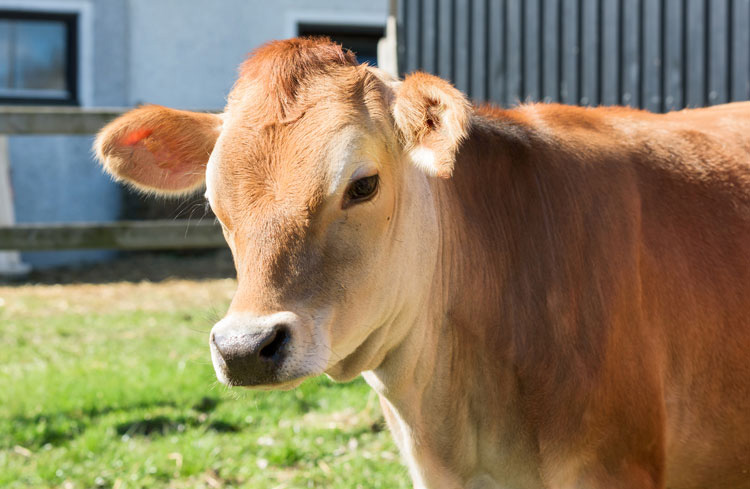
As the old pop song goes, “You’ve got to know when to hold ’em. Know when to fold ‘em. Know when to walk away and know when to run.”
Kenny Rogers might not have been talking about making culling decisions on farms, but he might as well have been.
With sexed semen and improved longevity, a surplus of milking animals has become a standard management concern on many farms. And along with that comes the very necessary task of determining the optimum time to voluntarily cull cows from the herd.
It is important to apply culling strategies to ensure cows are replaced at the appropriate time. Recently, the University of Kentucky’s Karmella Dolecheck and Jeffrey Bewley outlined guidelines for on-farm culling decisions. They also shared their equation for the optimal moment of replacement for a cow.
Optimal moment of replacement = the moment when expected future profits from the current cow < expected future profits from a replacement cow
In order to determine how this equation fits a herd, the pair suggested these four tips for evaluating culling.
1. Know and keep in mind your target herd size. This determines if, when, and how many cows should be culled.
2. Be aware of replacement availability. This can be affected by the heifer raising program. Does the farm raise or buy their replacements? Are genetically superior heifers available?
3. Utilize cow ranking. This should be done by potential profitability accounting for production level, pregnancy status, disease, and other factors.
4. Good records are important. For good decisions to be made, good data is a must. This is especially true for disease records.
And at the end of the day, take Rogers' advice, “If you're gonna play the game, boy, you gotta learn to play it right.” Not that culling is a game, but when it’s necessary, you don’t want to send the wrong ones to town.

The author is an associate editor. She covers feeding and nutrition, youth activities and heads up the World Dairy Expo Supplement. Maggie was raised on a 150-cow dairy near Valley Center, Kansas, and graduated from Kansas State University with degrees in agricultural communications and animal sciences.







